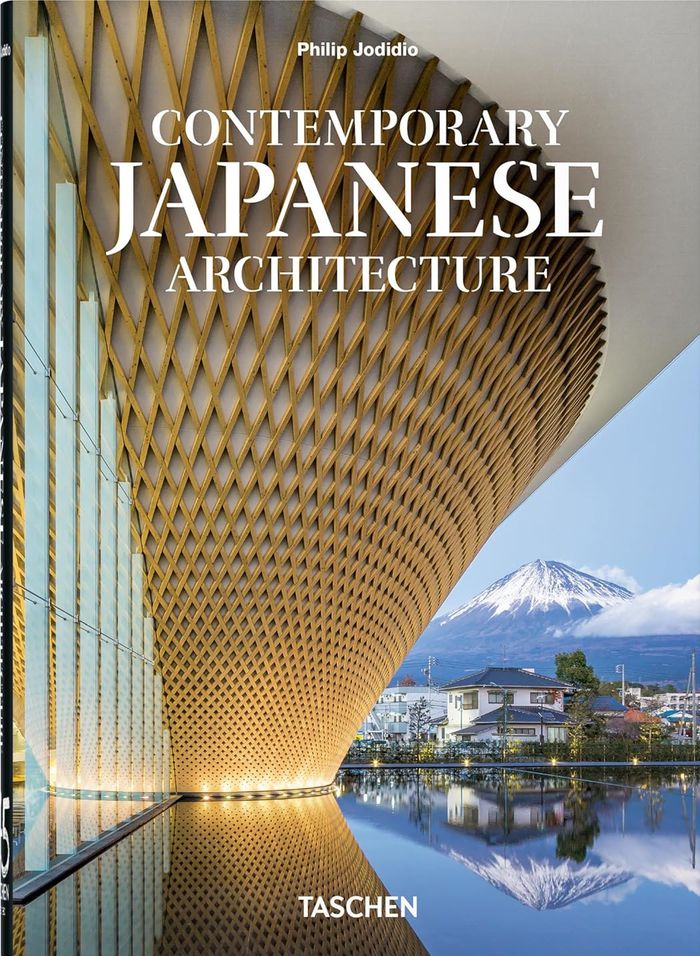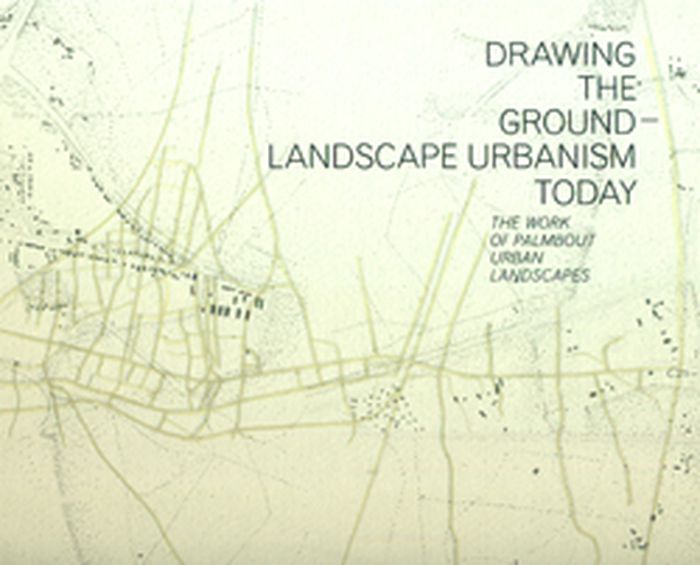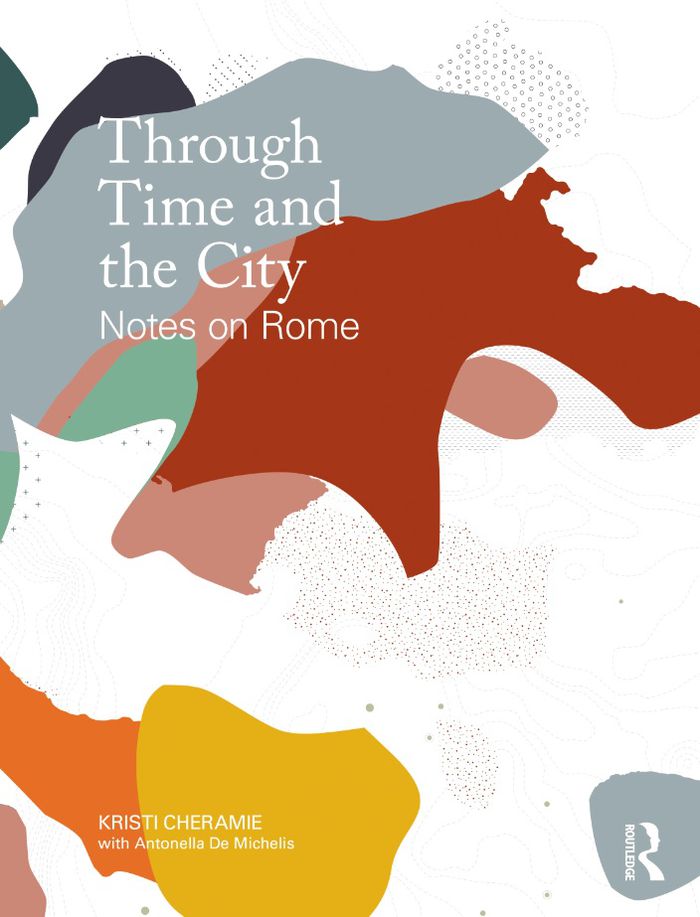books
Description:
157 pages : illustrations (chiefly color) ; 26 cm
Venezia : Marsilio Editori, 2015.
IK-00 : the spaces of confinement / curated by Katerina Chuchalina ; conceived and edited by Vladislav Shapovalov.
Actions:
Holdings:
Description:
157 pages : illustrations (chiefly color) ; 26 cm
books
Venezia : Marsilio Editori, 2015.
books
Description:
143 pages : illustrations, portraits ; 25 x 31 cm.
[London] : MACK, [2023], ©2023
Di sguincio, 1969-81 / Guido Guidi ; traduzioni, Sarah Ponting.
Actions:
Holdings:
Description:
143 pages : illustrations, portraits ; 25 x 31 cm.
books
[London] : MACK, [2023], ©2023
books
Albert Paley : Threshold klein steel / edited by Linda Shearer ; illustrated by Bruce Miller.
Description:
130 pages : illustrations (chiefly color) ; 30 cm
Milan : Skira ; London : Thames & Hudson [distributor], 2008.
Albert Paley : Threshold klein steel / edited by Linda Shearer ; illustrated by Bruce Miller.
Actions:
Holdings:
Description:
130 pages : illustrations (chiefly color) ; 30 cm
books
Milan : Skira ; London : Thames & Hudson [distributor], 2008.
$42.00
(available in store)
Summary:
Since Osaka World Expo ’70 highlighted contemporary forms, Japan has been a key player in global architecture. Tadao Ando's geometry put Japanese building on the map, bridging East and West. After his concrete buildings, figures like Kengo Kuma, Shigeru Ban, and Kazuyo Sejima pioneered a more sustainable approach. Younger generations have taken new directions, in harmony(...)
Contemporary Japanese architecture
Actions:
Price:
$42.00
(available in store)
Summary:
Since Osaka World Expo ’70 highlighted contemporary forms, Japan has been a key player in global architecture. Tadao Ando's geometry put Japanese building on the map, bridging East and West. After his concrete buildings, figures like Kengo Kuma, Shigeru Ban, and Kazuyo Sejima pioneered a more sustainable approach. Younger generations have taken new directions, in harmony with nature, traditional building, and an endless search for forms. Presenting the latest in Japanese building, this book links this unique creativity to Japan's high population density, modern economy, long history, and continual disasters in the form of earthquakes. Accepting ambiguity, constant change, and catastrophe is a key to understanding how Japanese architecture differs from that of Europe or America.
Architecture since 1900, Europe
$75.95
(available to order)
Summary:
Founded in 1990, Palmbout Urban Landscapes is now one of the leading urban planning offices in the Netherlands. It exemplifies current practices of urban planning in that country. Its approach is characterized by a constant search for a new relationship between urban planning, More...architecture, and landscape architecture. In this process of experimentation, Palmbout(...)
Drawing the ground: Landscape urbanism today
Actions:
Price:
$75.95
(available to order)
Summary:
Founded in 1990, Palmbout Urban Landscapes is now one of the leading urban planning offices in the Netherlands. It exemplifies current practices of urban planning in that country. Its approach is characterized by a constant search for a new relationship between urban planning, More...architecture, and landscape architecture. In this process of experimentation, Palmbout Urban Landscapes has established a profile not only in the field of the relationship between urban planning and architecture but above all in terms of mutual interactions between urban planning, the analysis and design of landscape, and infrastructure. The book documents some fifteen projects organized into six thematic blocks, including such extensive projects as Amsterdam Ijburg, a design for an urban extension to Amsterdam with a total area of 450 hectares, 18,000 residences, 100,000 square meters of office space, 30,000 square meters of stores, and other facilities, and Maastricht Belvedere, a restructuring of 280 hectares of a former industrial site with 4,000 residences, 100,000 square meters of office space, parking lots, and a vehicle bridge.
Landscape Architecture, Monographs
$59.95
(available to order)
Summary:
"Through time and the city: notes on Rome" offers a new approach to exploring cities. Using Rome as a guide, the book follows familiar sites, geographies, and characters in search of their role within a larger narrative that includes the environmental processes required to generate enough space and material for the city, the emergent ecologies to which its buildings play(...)
Architectural Theory
September 2020
Through time and the city: Notes on Rome
Actions:
Price:
$59.95
(available to order)
Summary:
"Through time and the city: notes on Rome" offers a new approach to exploring cities. Using Rome as a guide, the book follows familiar sites, geographies, and characters in search of their role within a larger narrative that includes the environmental processes required to generate enough space and material for the city, the emergent ecologies to which its buildings play host, and the social patterns its various structures help to organize. "Through time and the city" argues that Rome is made and unmade by an endlessly evolving chorus that has, for better or worse, gained geological legitimacy; that the city absorbs and emits countless artifacts in its search for collective identity; that the city is a platform for the constant staging of negotiations between agents (humans, buildings, plants, animals, pathogens, goods, waste, water) that drive and are driven by the entanglements of climate and culture. This book provides textual and visual frameworks for identifying the material traces, emergent patterns, or speculated futures that expose a city as inseparable from its capacity to change.
Architectural Theory
$34.95
(available to order)
Summary:
Jorge Otero-Pailos shows how architectural phenomenology radically transformed how architects engaged, theorized, and produced history. In the first critical intellectual account of the movement, Otero-Pailos discusses the contributions of leading members, including Jean Labatut, Charles Moore, Christian Norberg-Schulz, and Kenneth Frampton. For architects maturing after(...)
Architecture's historical turn: phenomenology and the rise of the postmodern
Actions:
Price:
$34.95
(available to order)
Summary:
Jorge Otero-Pailos shows how architectural phenomenology radically transformed how architects engaged, theorized, and produced history. In the first critical intellectual account of the movement, Otero-Pailos discusses the contributions of leading members, including Jean Labatut, Charles Moore, Christian Norberg-Schulz, and Kenneth Frampton. For architects maturing after World War II, Otero-Pailos contends, architectural history was a problem rather than a given. Paradoxically, their awareness of modernism’s historicity led some of them to search for an ahistorical experiential constant that might underpin all architectural expression. They drew from phenomenology, exploring the work of Bachelard, Merleau-Ponty, Heidegger, and Ricoeur, which they translated for architectural audiences. Initially, the concept that experience could be a timeless architectural language provided a unifying intellectual basis for the stylistic pluralism that characterized postmodernism. It helped give theory—especially the theory of architectural history—a new importance over practice. However, as Otero-Pailos makes clear, architectural phenomenologists could not accept the idea of theory as an end in itself. In the mid-1980s they were caught in the contradictory and untenable position of having to formulate their own demotion of theory.
Architectural Theory
$35.00
(available to order)
Summary:
The October issue of Domus focuses on the theme of affordable housing, tackling the question of what "minimum subsistence dwelling" could mean in the 21st century. It builds on the investigation started at the Min to Max international architecture symposium in Berlin. Guest edited by Ilka and Andreas Ruby, it starts with Berlin-based architecture studio Something(...)
Domus 962
Actions:
Price:
$35.00
(available to order)
Summary:
The October issue of Domus focuses on the theme of affordable housing, tackling the question of what "minimum subsistence dwelling" could mean in the 21st century. It builds on the investigation started at the Min to Max international architecture symposium in Berlin. Guest edited by Ilka and Andreas Ruby, it starts with Berlin-based architecture studio Something Fantastic's manifesto on the creative opportunities and innovation allowed by the world recession. Domus then surveys the globe in search of positive strategies where design is subjected to constant experimentation, from Burkina Faso — where, in Gando, Diébédo Francis Kéré runs his experimental architecture workshop —, to Athens — where a group of teachers and researchers finds in the typical Greek polykatoikia the possibility of generating a host of collective and shared spaces —, passing through Detroit, Houston, New York City, Berlin, and Rio de Janeiro. Fresh after the opening of the Venice Architecture Biennale, issue 962 presents Gabriele Basilico's photographic survey of the Biennale's national pavilions, empty and waiting for their annual occupation. Jean-Philippe Vassal's photo essay captures extraordinary moments in the production of everyday space in Africa, and, in Mexico, artist Pedro Reyes transforms agents of death into instruments of life: by converting half a tonne of confiscated weapons into musical instruments, Reyes challenges us to imagine a change for the better.
Magazines
AD : Cities of dispersal
$44.00
(available in store)
Summary:
Questioning the traditional boundaries between cities, suburbs, countryside and wilderness, this issue of AD explores emergent types of public space in low-density environments. It describes this new form of urbanism: decentralised, in a constant process of expansion and contraction, not homogenous or necessarily low-rise, nor guided by one mode of development, typology(...)
AD : Cities of dispersal
Actions:
Price:
$44.00
(available in store)
Summary:
Questioning the traditional boundaries between cities, suburbs, countryside and wilderness, this issue of AD explores emergent types of public space in low-density environments. It describes this new form of urbanism: decentralised, in a constant process of expansion and contraction, not homogenous or necessarily low-rise, nor guided by one mode of development, typology or pattern. While functionally and programmatically dispersed, settlements operate as a form of urbanism; the place of collective spaces within them has yet to be defined and articulated. The physical transformation of the built environment on the one hand, and the change in our notion of the public on the other - due to globalisation, privatisation and segregation - call for renewed interpretations of the nature and character of public space. The concept of public space needs to be examined: replaced, re-created or adapted to fit these conditions. What is the place of the public in this form of urbanism, and how can architecture address the notion of common, collective spaces? What is the current sociopolitical role o such spaces? How does the form and use of these spaces reflect the conception of the public as a political (or non-political) body? And can architecture regain an active role in formulating the notion of the collective? These and other issues are addressed through essays, research projects and built work by distinguished writers such as Bruce Robbins, Albert Pope and Alex Wall, and Practitioners including Zvi Hecker, Vito Acconci, MUTOPIA, Manuel de Sola-Morales, Martha Rosler and Manuel Vicente in a search for new collective architectures within the dispersed city.
Urban Theory





